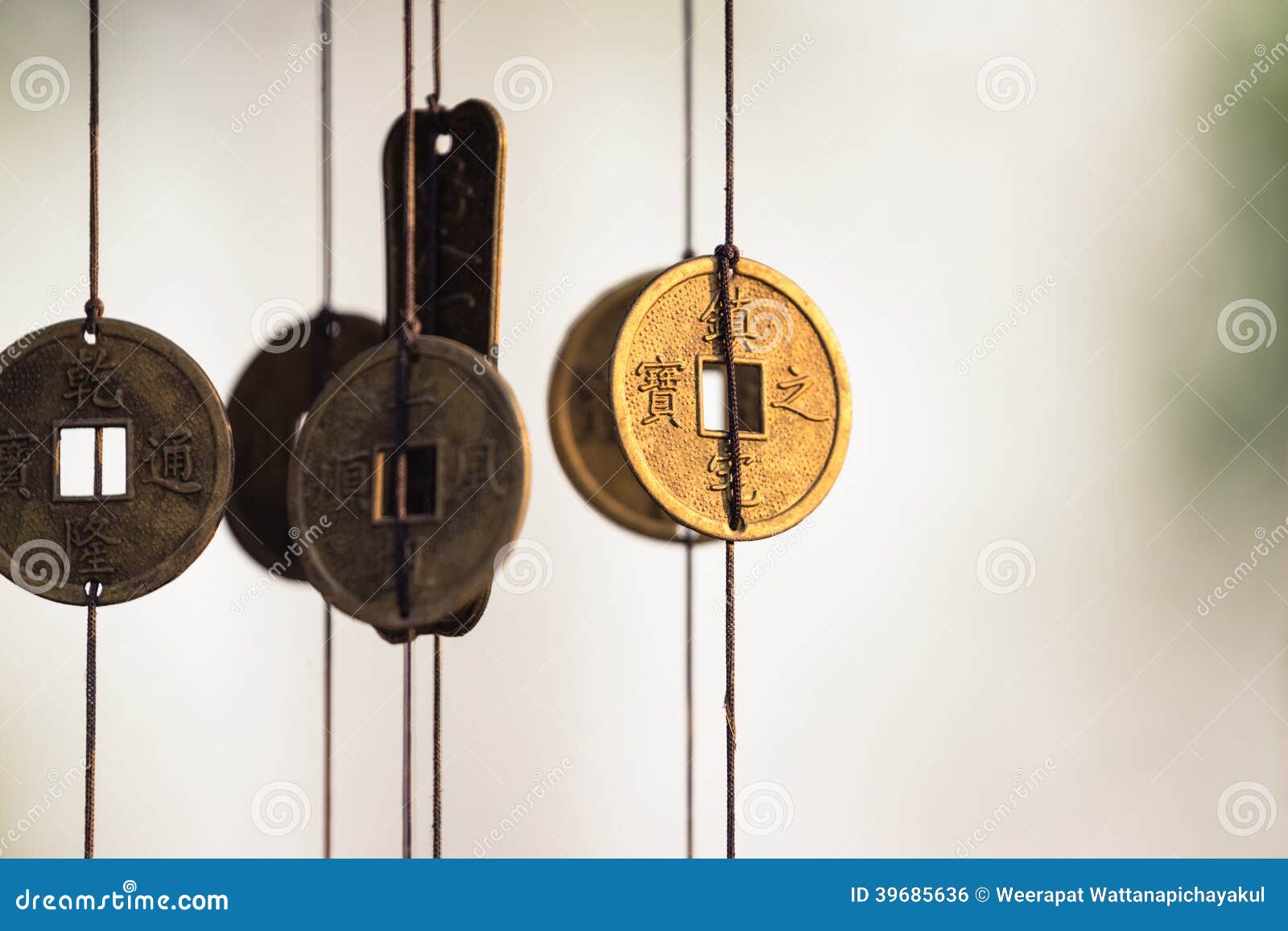


Transactions in Harmony blockchain are sent to and processed by a specific shard instead of all shards. In cases of cross-shard transactions and beacon chain synchronization, validators from different shards send messages across shards through the globally connected network. Most of the time, validators communicate with other validators within the same shard to reach consensus or synchronize blocks. Harmony’s validator network is also divided into shards where each shard involves a separate set of validators connected closely with each other and running consensus between themselves. The consistency between states from different shards is guaranteed by the property of eventual atomicity of cross-shard transactions, which guarantees that double spending between shards can not happen. Therefore, the validators of each shard only need to store 1/N of the global state, where N is the number of shards. In Harmony, each shard maintains its own chain of blocks and state database. Harmony blockchain is sharded in three dimensions: state, network, and transaction. A single Harmony shard can reach 1000 transactions per second. There are four shards: shard 0, shard 1, shard 2, and shard 3, each of which supports 250 validators. Transaction costs on the network are 100 times cheaper than those on other blockchains. Harmony has overcome the usual sharding concerns, and the powered sharding is responsible for the blockchain’s 2-second transaction finality. Numerous blockchain systems have attempted to solve this problem, however the majority have proved to be ineffective or even harmful. Sharding was created to solve the Ethereum network’s scalability issue. Sharding is the act of dividing a blockchain network into smaller partitions, referred to as shards, in order to reduce network latency. Huge potential for NFTs: Harmony’s cross-chain capabilities open the network up to some interesting possibilities for NFT.Lower gas fees: Due to the huge number of transactions per second that Harmony can execute and its use of proof-of-stake validation, the network is seldom congested, like Ethereum is, and thus does not have high gas fees.It is unpredictability, objectivity, scalability, and verification. Harmony takes advantage of a mechanism called distributed randomness generation (DRG). Secure Sharding: A major objective of any blockchain is security.


Consistency is ensured by the atomic locking method. Consistent Cross-Shard Transactions: Harmony supports cross-shard transactions in which shards communicate directly with one another.It completely scales the Harmony blockchain.įaster and efficient Consensus: The Harmony blockchain is built on Proof of Stake, rather than Proof of Work, as other sharding-based blockchains are, which speeds it up by around 100x. Scalability: The use of a sharded blockchain enables the partitioning of both network traffic and blockchain state.Harmony’s ideally adjusted system achieves advancements in the following areas: OutStanding Features What Is Harmony Trying to Achieve? Review Harmony ($ONE) - The Innovative Blockchain Platform for Ultrafast Transactions 14 Harmony has the ONE coin that may be used for payments and as a fuel for creating transactions in the Harmony ecosystem. Apart from that, the platform is recognized to handle current blockchain difficulties by combining best engineering practices and research findings into a minimally adjusted system. In basic terms, Harmony is a next-generation blockchain built on the sharding technique that is extremely safe, scalable, and energy-efficient. Essentially, the entire system is designed to facilitate interoperability and ultra-fast transactions. The network focuses on the operation of decentralized apps through the use of random state sharding, which enables the creation of building blocks in a matter of seconds. The Harmony blockchain addresses the bottleneck issues that frequently plague the Ethereum network by utilizing a novel sharding mechanism and a proprietary consensus algorithm. It aims to be the first scalable production network with a proof-of-stake. The challenges that Harmony needs to solve are common to the entire blockchain industry – most notably scalability. Harmony is a blockchain platform that was created to facilitate the development and deployment of multiple decentralized apps (DApps).


 0 kommentar(er)
0 kommentar(er)
